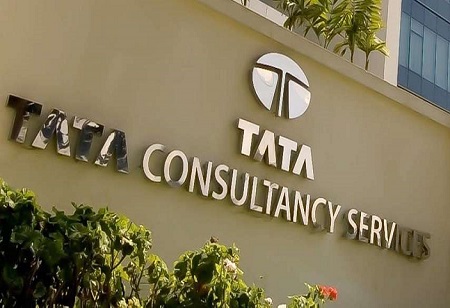Honeywell Aerospace, a US-based manufacturer of aircraft engines and avionics, wanted to build a business-to-business e-commerce marketplace for sales of aircraft parts. The challenge was that the spares or used parts marketplace was highly fragmented, non-transparent, and lead times for getting those parts were long, and Honeywell wanted a solution.
With GoDirect Trade marketplace, within 10 weeks Honeywell was able to make sales to the tune of $1 million. Inventory worth $300 million was added and 2,000 users, including some of the known names in the aerospace have been using the marketplace.
There is a shift taking place at the aero-engine industry which have been moving towards a performance-based contracting called Power By The Hour (PBH). In this model, the engine OEM provides engines as a service rather than selling them to the aircraft operators. Therefore, it is in the interest of engine OEM to optimise the performance and maximise uptime of engines on the aircraft. A large aero engine OEM has been able to use digital twins as a way to predict the future issues and reduce downtime among other undesirable aspects. These changes, however, have not come easy. Aerospace and defence sector is among the laggards when it comes to adoption of digitalisation. As strange as it may sound, because thinking of aerospace and defence manufacturing one is forced to vision cutting-edge technology and the most advanced systems—therefore adoption of digital to streamline processes in the factories should be a given by now. However, that is not the case. Though the adoption is taking place, its pace has been slow.
The Covid-19 pandemic, however, has acted as a catalyst and the pace of digitalisation has
The solutions for Honeywell and aeroengine OEM along with several others are a part of TCS (Tata Consultancy Services) technology transformation work under ‘Neural Manufacturing’ for the aerospace and defence sector.
Sandeep Muju, head (aerospace and defence industry practice) at TCS, told FE that neural manufacturing is the next level of technology framework for industries. While it is building on Business 4.0—that thought process is more static and has its limitations. So, when it comes to being highly connected or having the adaptability or cognitive aspect, Business 4.0 lacks that. However, the neural thought process brings in the next level of cognitive, resilient, and the highly connected aspect to the framework. With ‘Neural Manufacturing’ framework, TCS is looking at building how the manufacturing floor of the future could be behaving.
“It (manufacturing floor) will be like an organism even though it is just a mechanical system, but it can sense, perceive and act or respond to stimuli. So, any business can have a nervous system with two elements: A brain or command centre and a peripheral system or intelligent edges that regulate decisions within extended ecosystems. That is why we picked the name ‘neural’ because it starts to mimic a biological organism,” said Muju.
accelerated across the sector, and Tata Consultancy Services (TCS) has sensed an opportunity.
To put it simply, neural manufacturing will be a combined package of all the digital solutions that TCS have been providing—be it cloud based, 5G, artificial intelligence or machine learning, internet of things (IoT), or in augmented reality or robotics. “The overarching framework of bringing different permutations and combinations of these technologies for new kind of solutions, is what we call as neural manufacturing for aerospace,” he said.
The framework would be applicable to the entire value chain of the process—develop, operate and maintain, providing solutions for different aspects in each of them.
Though currently offering it to aerospace, Muju said that neural manufacturing is not industry specific and this is the direction future manufacturing across industries will be moving. “Several years ago companies would talk about Industry 4.0 and now it will be neural manufacturing,” he said.
As for revenue contribution, Muju said that it would be too early to quantify as at present the company is looking at having more engagements and bagging projects. “Revenue contribution will be relatively lower initially, following the technology ’S’ curve—it takes a certain time to mature, to get adapted, then reaches a certain inflection point where it has either matured or enough people have started using it, it then suddenly starts to take off with a lot of applications, and then reaching a certain plateau—forming an ’S’,” he explained.
